MATERIAL SCIENCE = ALCEM [X] 0IPPOI ARTEFACTS X = Olaniyi Studio experiments with environmental art, architecture, law, and anthropological belief systems that relate to environmental perceptual awareness. This collection of artefacts is the embodiment of the molecular + material + mental ecologies within a diverse range of natural environments. In this collection of material experiments Yussef Agbo-Ola used organic material science to create an archive of plant based architectural soil skins that highlight the diversity of mineral properties, colour, and texture. This edition of experimentation took place in diverse, and extreme natural environments using H2O, plant extracts, and medicinal dyes, among other natural elements. These materials were locally sourced, and act as a catalyst for connecting cultures, and sensory exchanges through material architectural alchemy.
Design Components = External Plant Skin + Cassava Internal Skin + Soil + Environmental Contamination
Environmental Contamination Artefacts
Olaniyi Studio studies the relations of environmental art, architecture, law, and the anthropological relations of communities environmental habitats and belief systems. What are the ways in which these disciplines can protect their rights while also showing the value in the forms of knowledge that they live by in their environments. How are they affected by climate change, and who is responsible for the shifts, both climate, and economic, that they face as territorial boundaries are crossed for the exploitation of mineral, and natural resources. How can the artefact, or object act as a form of environmental law? These questions are both elements which each artefact in this series aims to question in relation to looking at environmental law of the unseen on a material scale. What is the unseen beauty in cultural perspectives, and does this beauty have to be materialised in a physical form in order to be actualised evidence in a court of environmental law? Is the tree what you see as an object (its bark, its leaves etc.) or is it a system of micro-organisms that make up the tree that also have rights of reflection and observation? Or is the tree itself a living ancestor in some cultures; how did this fusion happen, and how should this be valued in the right way? Or is it a living embodiment of a passed ancestor? Or is the tree a number in a system of measurement, valued for its wood grain, strength, colour, and organic properties? Is measurement necessary in relation to how we value these use properties? This collection of artefacts is the embodiment of the molecular + material + mental ecologies within a given environmental site of contamination. They act as a form of three-dimensional legal evidence that protects the rights to produce oxygen from a series of algal and other micro-organisms that are contaminated in various regions around the world based on mineral exploitation i.e, oil spills in the Delta region of Nigeria, Tailing Ponds in Chile, etc. As each artefact represents new forms of experimental environmental art, scientific, and legislative representation for evidence, they also aim to encapsulate an anthropological survey of the systems of belief around entities that inhabit this water alongside the molecular species. In essence these artefacts aim to question the tensions around the unseen environmental relations that connect the cross sectors of ecological, perceptual and legislative systems through the living presence of the artefact, itself, themselves or ourselves.
Artefact Design Formula
Each artefact is created using the process of material collection infused with anthropological practices, and beliefs of the inhabitants in each given site of contamination. The raw contamination is usually already infused into the the soil, organic matter, water, or animal, which means that in order to fossilise or encapsulate it, it has to go through both a thermodynamic process of purification from its original environment which will isolate the contamination in order to add it into the artefacts new based made from plant skin, iron, and hydrated earth. This process of adding the contamination to its based though congelation gives the collected contamination a binder to infuse with that will allow it to be transported once all exothermic conditions have produced solidification. The decay rate of the artefact is also based on the mixture of the binder, and the process of sublimation through the dehydration of its H2O which recycles back into the troposphere. Organic elemental and aesthetic multiplication is used to bring the artefact to life by using the process of sonic fermentation of herbal plant extracts, and additives from the site to mix with the contaminated percentage of the solidified mixture. This process produces a chemical reaction of colour acid stain on the artefact based on the properties of the contamination, and alkaline plant extracts. This reaction is conceptualised as the visual conversation between the entities in which inhabitant both elements. As the artefact decays this conversation will visually change, transform, and respond to its new location. This same design formula is applied to each architectural bone artefact minus the process of process contamination isolation and re-infusion.
SERIES: xi[EC] = For more information about each artefact in this collection you can reach out to our archive at - collect@olaniyi.studio
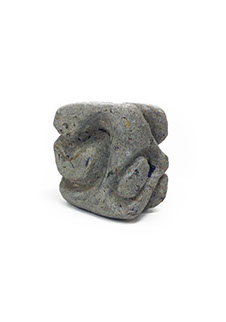
SERIES: xi[EC]/92io
Location = Kolwezi, Democratic Republic of Congo
(Katanga Province)
Contamination = The key ingredient in the lithium-ion batteries being used to power smart-phones, electric, and hybrid cars is processed cobalt from the Democratic Republic of Congo. Sixty percent of the worlds demand for cobalt is produced in contaminated conditions in which create health hazards for the local residents. Child cobalt labourers, and mine workers suffer from fatal hard metal lung disease from dust inhalation, as well as dermatitis from cobalt soaking in the skin.
Artefact DNA = colbalt paste + gray river clay + kapok bark + blue colbalt dust + plant cellulose + dried yellow orchid
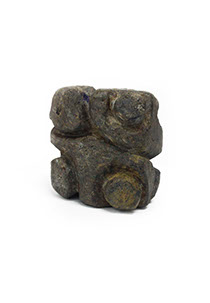
SERIES: xi[EC]/63io
Location = Sukinda, India
(Jajpur, District)
Contamination = Chromite ore deposits are processed, and used to coat stainless steel used in most architectural buildings as a structural, and aesthetic additive. A majority of chromite ore mines in India do not have environmental control departments which causes leaching hexavalent chromium into drinking water supplies, and local ecosystems. Mining waste is discharged, and drains into the river water causing a rage of medical problems for local residents. Labours constantly experience gastrointestinal bleeding, and asthma from contaminated water ingestion, and dust inhalation.
Artefact DNA = chromite crushed pebbles + plant cellulose + wood ash + burnt masala + indian silica sand + chromite ash
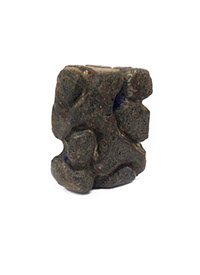
SERIES: xi[EC]/99io
Location = Oguniland, Nigeria
(Niger Delta Region)
Contamination = Over 11 million barrels of oil have been spilled in the Niger Delta since 1959 which has caused environmental contamination to both the environment, and communities living in the region. The contaminated waters have depleted the waters of marine life, farmland, and mangrove health as a result of ruptured pipelines of crude oil.
Artefact DNA = crude oil + humus + black clay + plant cellulose + cohosh + dandelion + raw iron extract
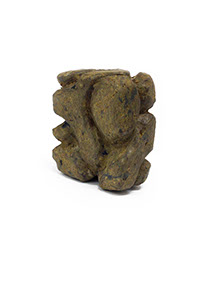
SERIES: xi[EC]/47io
Location = Salar de Atacama, Chile
(Antofagasta Region)
Contamination = Arsenic poisoning has been a major issue in the Antofagasta region over the last 20 years due to water contamination, and dust pollution from copper mining. Locals inhabitants have suffered from chronic arsenic poisoning due to their consumption of contaminated water and contaminated agricultural produce resulting in skin, and cancerous diseases.
Artefact DNA = arsenic soil + salt crust + fermented iguana skin + plant cellulose + lagoon clay + sulphur ash
PALEOMICROBIOLOGY FOSSILS + IRON[x] SKINS = OUARZAZATE, MOROCCO
Research Components = Micro Fossils + Material Science + Iron Mineral Reactions
Fossils act as the best evidence for early forms of life, and by looking deeply into the properties of fossils we can learn about the evolutionary past of how organisms have changed as Earth’s environments transformed. Fossils not only tell us about how an organism adapts, but in addition they tell us about the range of environmental conditions, minerals, and climatic zones in which they were found. These also range in environmental scale, micro fossils, and macro fossils. Microfossils consist of tiny structures such as bacteria, fungi, protists, plants, diatoms, pollen, and teeth. They have been found on some of the most remote regions of the globe encapsulated in layers of sediment, which over time go though lithification and become rock. This research expedition questioned how the Sahara transformed from ocean to desert by collecting micro botanical and marine organism fossils as inspiration for a series of ephemeral plant fossils. Each fossil was analysed for its colour properties that indicate the environmental conditions in which the sediment solidified under to form rock. This was then used to create a new colour palette that has a five tone gradient as a metaphor of the physical, and biological weathering cycles throughout the fossils life time. This series of experiments has been archived, and acts as a catalyst for exploring past environments, and colour perception through material alchemy, but will be taken back to the Sahara in 2041, and allowed to go through the weathering process again for future design research.
Design Components = Boiled Soil + Fossil Dust + Pink Quartz + Root H2O + Lemon(Ac) Extract
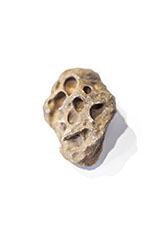
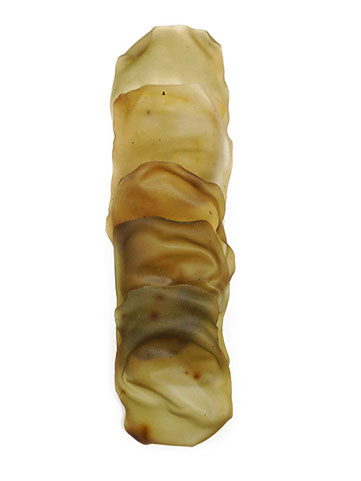
FOSSIL = NpOii[x]49i

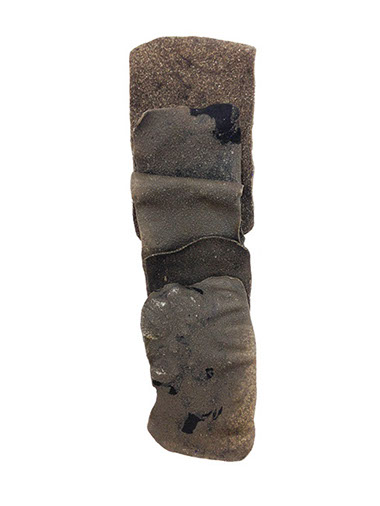
FOSSIL = Oic[512]HxA
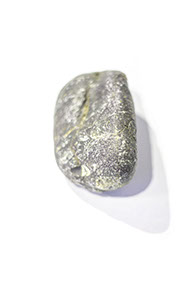
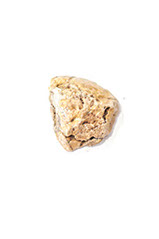
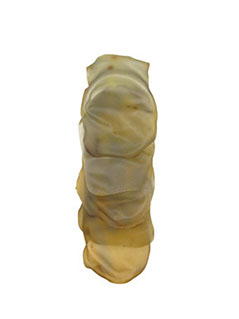
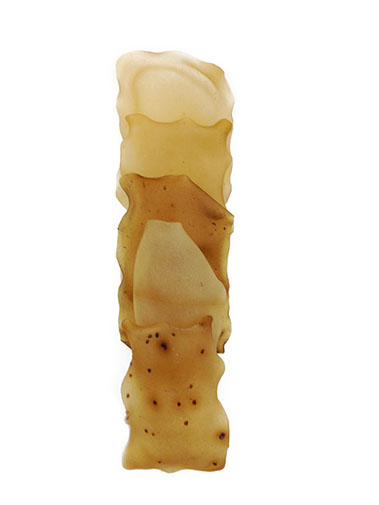
FOSSIL = TUii-Xio[9]Ca3
FOSSIL = COiUi-[g]3
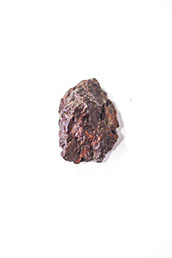
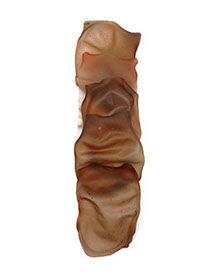
FOSSIL = ReXio[78ui]B12

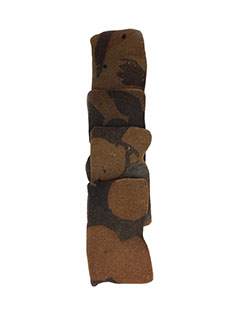
FOSSIL = B28iyi[A12]Oi

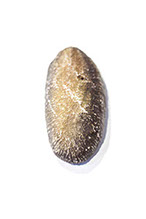
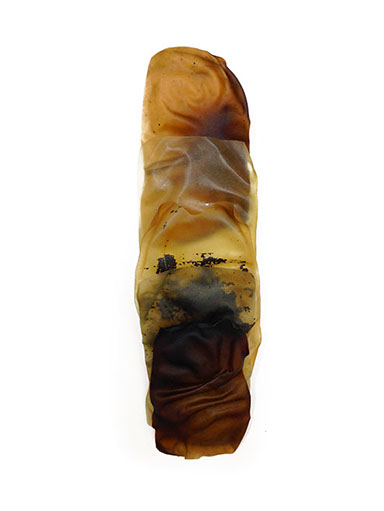
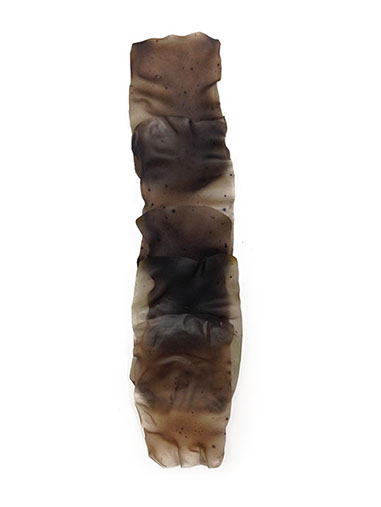
FOSSIL = H-io2[iC]3331
FOSSIL = V4wuii[9z]Qio
Architectural Bone Artefacts
What does architecture mean post building or structure, and how can an architectural artefact connect to a built structure while being absent of any physical connection? In this series of architectural bone artefacts Olaniyi Studio aims experiment with this architectural extension that accounts for how a designed environmental object has an affect on the program, circulation, and digestion of a built architectural structure though its internal properties. This is an architectural study of the extended mind, and the experimentation of designing environmental artefacts that are made in conjunction with an architectural structure with a function to protect the spirits embodied within the architectural structure, both human and non human. This act of architectural performance extends beyond environmental design models of climate simulations (co2, wind, thermal), and extends into the unseen yet embodied performance of the relational epistomologies in many places throughout the sites in which the material artefacts are made. What is the architecture in which environmental entities live in, and why is this important from an anthropological viewpoint? As there is no one answer to this question, allow the question to answer itself in the asking, which means that when you ask it to yourself allow your mental ecology to reflect on it, and provide the answer. Each artefact has its own architectural formula, and provides an apparatus for contemplation on different environmental elements which is mixed within its material DNA. Each architectural bone artefact aims to function in both internal and external environmental spaces. The artefact can be buried underground to decay naturally, or dissolved in water over long durations of time allowing for its layers of skin to shed. These artefacts react to humidity, uv light, wind, and thermal conditions allowing for them to adapt based on the environmental elements of a given internal or external environment.
SERIES: ioX[AB] = For more information or collection inquires about each architectural bone artefact in this collection, reach out to our archive at - collect@olaniyi.studio
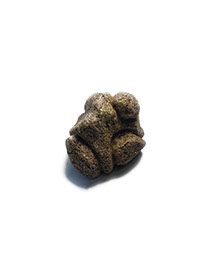
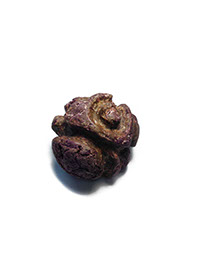

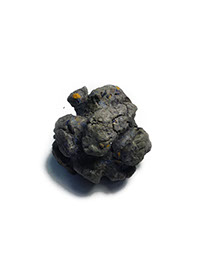
SERIES: ioX[AB]-OX744[boneAB]
Artefact DNA = volcanic ash + soil+ black iron clay + plant skin + indigo root dehydrated extract + burdock root oil + calcium extract + coconut shells + lime skin
SERIES: ioX[AB]-UI664[boneAB]
Artefact DNA = carbon stone + raw iron extract + black iron clay + while feldspar ash + while sand ash + recycled banana root + grey granite sand + soil + coconut oil
SERIES: ioX[AB]-CA342[boneAB]
.
SERIES: ioX[AB]-YY999[boneAB]
.
Artefact DNA = hydrated soil ash + fermented wood + black iron clay + plant skin + long-wood extract + raw iron extract + sunflower shells + magnesium
Artefact DNA = hibiscus extract + soil + black iron clay + plant skin + blubbery tincture + palm oil + crushed amethyst + calcium extract + coconut shells + violet orchid oil
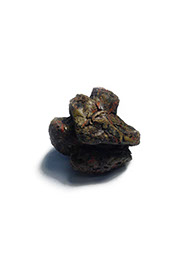
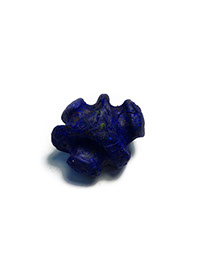
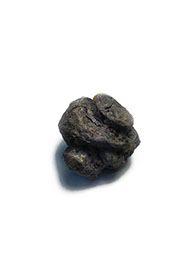
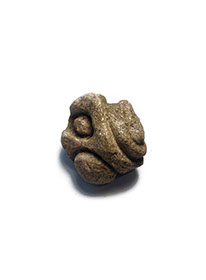
SERIES: ioX[AB]-PE119[boneAB]
Artefact DNA = dry blueberry dye + violet indigo extract + volcanic ash + soil + plant skin + elderberries + black iron clay
SERIES: ioX[AB]-SI551[boneAB]
Artefact DNA = soil + fermented wood + turmeric dye + lemon extract, black iron clay + plant skin + long-wood extract + raw iron extract + sunflower shells + magnesium
SERIES: ioX[AB]-HB212[boneAB]
SERIES: ioX[AB]-WZ058[boneAB]
.
Artefact DNA = blue-green algae + terracotta soil + terracotta dehydrated clay + crushed mango seed + avocado oil extract + iron + pink louts leaf + camomile root + crushed mica
Artefact DNA = raw iron extract + black iron clay + while feldspar ash + while silica ash + recycled banana root + grey granite sand + soil + argon oil extract
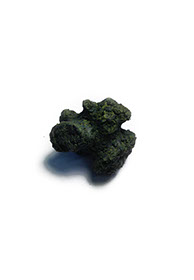

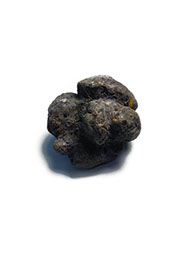
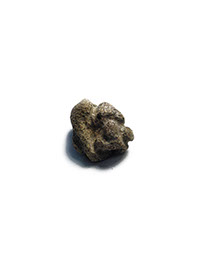
SERIES: ioX[AB]-IU672[boneAB]
Artefact DNA = raspberry extract + hibiscus dye + grey [0]Japanese porcelain ash + plant skin + algae + raw honey + iron extract
SERIES: ioX[AB]-QI881[boneAB]
Artefact DNA = Sahara sand [io] + hydrangea root extract + soil + fermented wood + plant skin + sage + iron clay
SERIES: ioX[AB]-TQ932[boneAB]
SERIES: ioX[AB]-OI949[boneAB]
.
Artefact DNA = grey [0]Japanese porcelain + green indigo extract + plant skin + algae + raw honey + iron extract + kelp
Artefact DNA = raw iron extract + black iron clay + while feldspar ash + volcanic stone + damiana + while silica ash + recycled banana root + grey granite sand + soil + argon oil extract
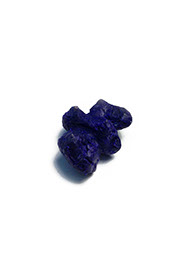
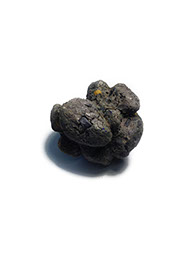
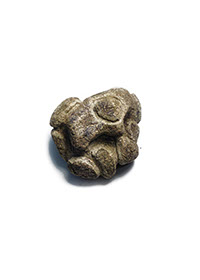
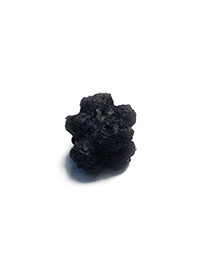
SERIES: ioX[AB]-MI209[boneAB]
Artefact DNA = raw iron extract + black iron clay + while feldspar ash + volcanic stone + blue vervain + while silica ash + recycled banana root + grey granite sand + soil + black chia
SERIES: ioX[AB]-ZI635[boneAB]
Artefact DNA = bladderwrack powder + black indigo extract + watermelon seeds + artic moss plant skin + black iron clay + pink arnica + calicum + soil
SERIES: ioX[AB]-FA071[boneAB]
Artefact DNA = blue sea moss + blue indigo extract + grey [0] japanese porcelain ash + plant skin + blue green algae + iron extract + crushed chaparral + lavender oil + lavender seed
SERIES: ioX[AB]-SX830[boneAB]
Artefact DNA = soil + fermented wood + black iron clay + plant skin + rhubarb root extract + mica + raw honey + guaco root extract + burdock root power + volcanic ash
ARCHITECTURAL DECAY COMPONENTS
Design Question = The concept of life, and death is one that has been debated since the beginning of existence itself, but which came first? Can life exist without death, or can death exist without life? How does our man made materials, and architectures react to the natural laws of movement, or change through chemical reactions? We are also interested in how human relationships, and perceptions change as a major component of subtle metamorphosis in the experience of an architectural space that performs material decay of its building chemistry.
Test Subject = Architectural Building components Species x65i = Plant Skin + Soil_Casein x Fruit Skin
Experiment = Allow natural architectural bricks made from plant skin and other soil additives to decay in a natural environment until life can be vividly seen thriving on its process of death, or internal structural instability.
Research = As organic fruits age, their cellular structures become vulnerable to attack by other natural agents. As nutrients deplete, the fungal colonies starts to reduce in size. In addition, the internal fruit substrate is affected by soft bacterial rot, which stimulates a decrease in the fruits water volume. This process is called transpiration. As water naturally evaporates from the fruit, it decreases in mass, and slowly begins a shrinking process. The rate of this process depends on the internal structure, and durability of the fruits outer skin. Some fruit skins are more porous while others have thick layers of protection. Hydrostatic pressure begins to increase the longer the fruit decays. Transpiration also depends on the elements of the natural environment such as temperature, and water vapour pressure. Once natural agents like bacteria, or maggots have found a home in the fruit, they further weaken the surface, and completely break down the fruit into nutrients for the soil. Finally the bacteria will create another home for the internal fruit seed in nutrient rich soil to jump-start the life cycle all over again. With this in mind we wanted to experiment with new architectural bricks that decay while producing new conditions of life for micro-organisms. This process of mixing fruit skin, black iron clay, and cellulose with an architectural brick formula will allow this process to be used in a series of components in different environments. Each brick has a different decay rate, and can be used in different areas within an architectural pavilion. The final outcome would be a pavilion made specially to die, or decay only to live or create new life.
Calculated Theory = Life is death, and death is life. All energy exists on a conscious, and unconscious plane that simultaneously complements each other. This connecting, and propelling system allows everything that exists to claim a state of perfection when living, decaying, and even in a deceased form. The movements, and transformations in nature are all around us but are many times overlooked because of their distinct speed, colour reactions, acute smells, and quiet tactile changes. In this project we are interested in the subtle metamorphosis, and changing elements within architectural building components.
RUST = Reaction
MOLD = Growth
MELT = Heat
WIND = Feel
TEAMP = Space

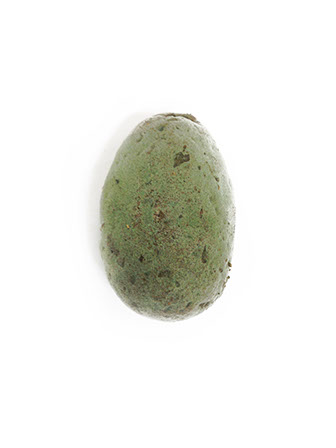
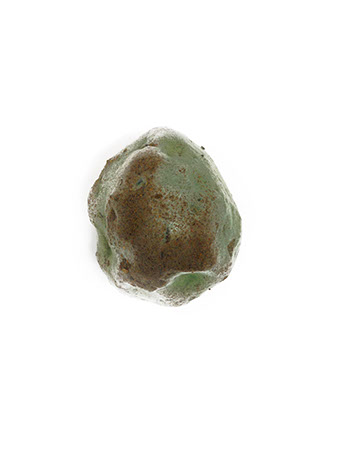

iox[dr] = 24hrs
iox[dr] =106hrs
iox[dr] = 500hrs
iox[dr] = 700hr
iox[dr] = decay rate
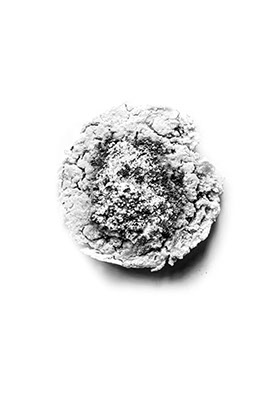
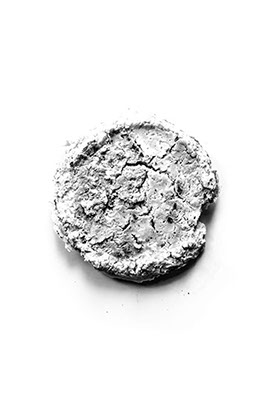
Casein Brick Components
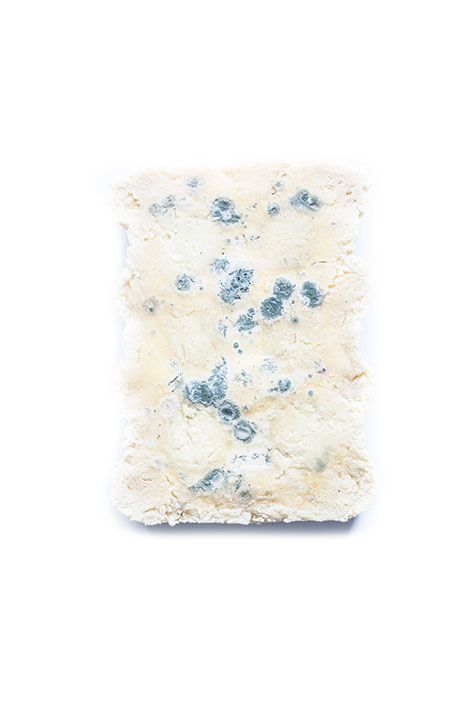
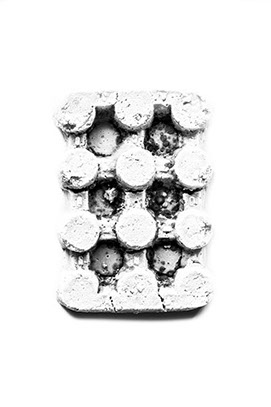
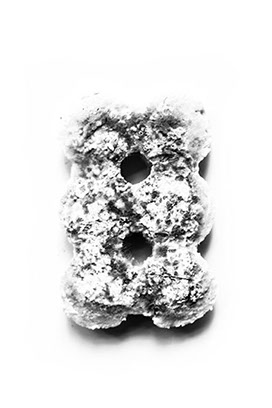
Casein Brick Organs
Casein Brick Microbial Growth







